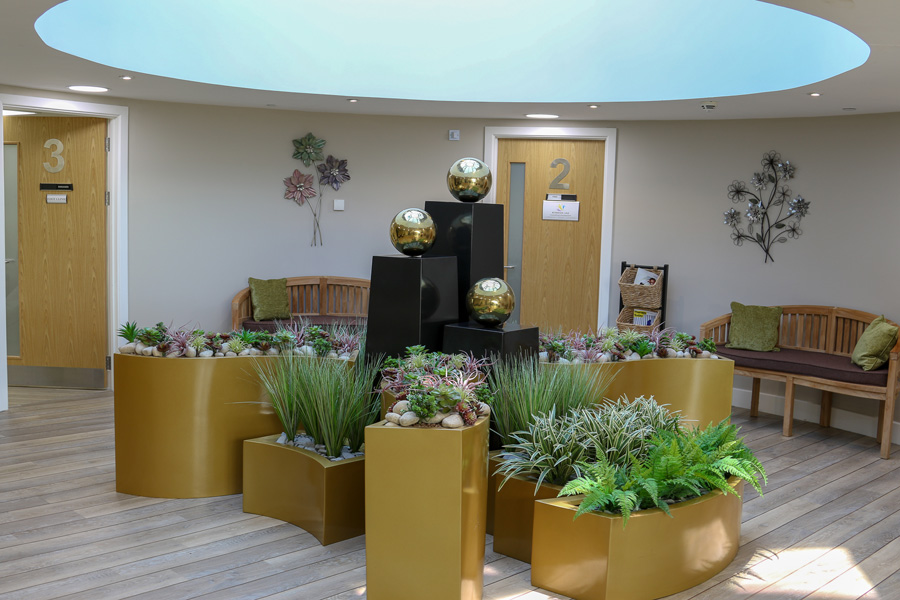Common Foot Problems
Below are some of the more common conditions that can affect your feet. Most of these conditions can be treated in our clinic by our foot health professionals.
Hard Skin
Hard skin is a result of friction on your feet. It is a common condition and can sometimes be painful. Common causes are ill-fitting shoes, heavy activity and the way that you walk. Regular gentle filing and application of cream to the feet ( but not between the toes ) can help to reduce build up of hard skin.
Corns
Corns come in all shapes and sizes and be can be soft or hard and are commonly found on and in-between toes, balls of feet and any other areas of the feet that are subject to pressure. Using a scalpel, a foot specialist can remove the corn quickly, giving instant relief from discomfort. Medicated corn pads are not usually recommended as they can cause damage to healthy surrounding tissue.
Thickened Nails
Thickened nails have many causes including fungal infection, damage, age and medical conditions. If left untreated the thickened nails can cause discomfort to the nail bed ( and sometimes cause corns under the nails ) Thickened nails can be reduced to a “normal” thickness with a burr or filed to relieve the pressure.
Athletes Foot
Athletes foot is most common between the 4th and 5th toe and can be itchy. It can also spread to other parts of the feet. It can be treated by using an anti-fungal cream, spray or powder and good foot hygiene. This includes drying thoroughly between toes and changing your socks or tights daily. It is also a good idea not to wear the same pair of shoes on two consecutive days and to wash any tights or socks on a 60 degree wash.
Verrucae
Verrucae are caused by a viral infection in the skin. The most common place to catch the virus is in swimming pools and communal areas. Whilst the skin is extremely efficient at keeping infection out… the verruca virus only need a tiny opportunity to invade the skin! Just like the common cold virus, there is no definite cure for a verruca although there are lots of treatments that may help your own immune system to fight the virus.
Diabetes
If you have diabetes then it is very important to look after your feet. Over time diabetes can cause a loss of sensation in feet. This means that you may not notice changes to your feet such as corns and build of hard skin or even injuries such as cuts. Diabetes can also cause reduced circulation which means that wounds can be slower to heal. If left untreated, foot problems in diabetic patients can cause ulcers and even lead to amputations. You should have a diabetic foot screening at least once a year and if you are unable to check the health of your feet then you should seek help from a professional.
Ingrown Toenails
An ingrown nail occurs when the edge of the nail curves in towards the skin. If left untreated, they can become painful and can also leave you susceptible to infection if the nail is causing a break in the skin. Causes of ingrown nails are trauma, ill fitting footwear and bad cutting techniques. Nails should always be cut straight across with any sharp edges filed and never cut down the side of nails. Salt water bathing can help to soften the nail and alleviate the pain and we would always recommend having any spikes removed by a professional.
Fungal Nail
Fungal nail is another common condition found on the feet. Signs of fungal nail are often a discolouration of the nail ranging from white to yellow to brown and sometimes black. The nail may also appear thicker and crumbly and there may also be a slight odour. Fungal nail can often be confused with psoriasis under the nails so it is important to establish that the nail is definitely fungal. Your GP or a foot specialist can help with this. There are several treatment options available including lacquers, nail reduction and oral medication. As with Athletes foot, good foot hygiene can also help in treating this condition.
Plantar Fasciitis
Plantar Fasciitis is one of the most common causes of foot pain. Often worse first thing in the morning, the pain can sometimes ease off, but will often after periods of prolonged activity. Pain is most common in the heel and the arch of the foot. This condition will quite often clear up with conservative treatments including rest, use of ice packs, a simple orthotic to provide support and foot exercises. If the symptoms persist then you should seek advice from either a foot specialist or your GP.

